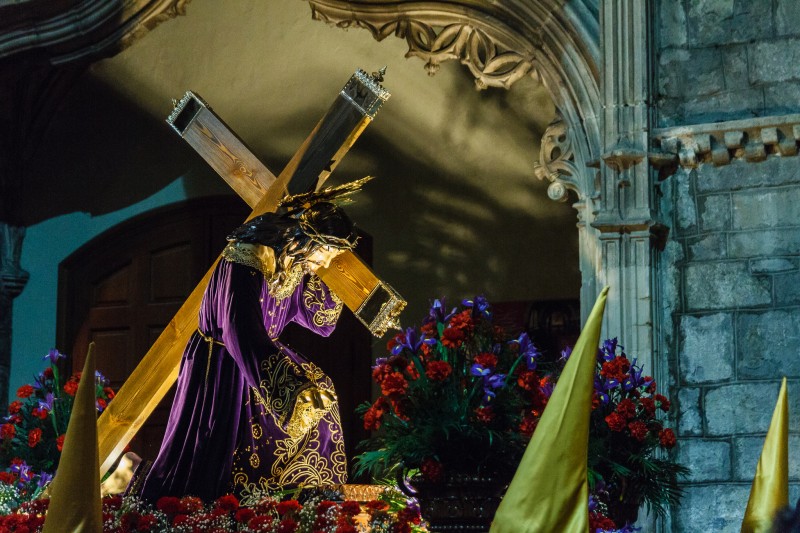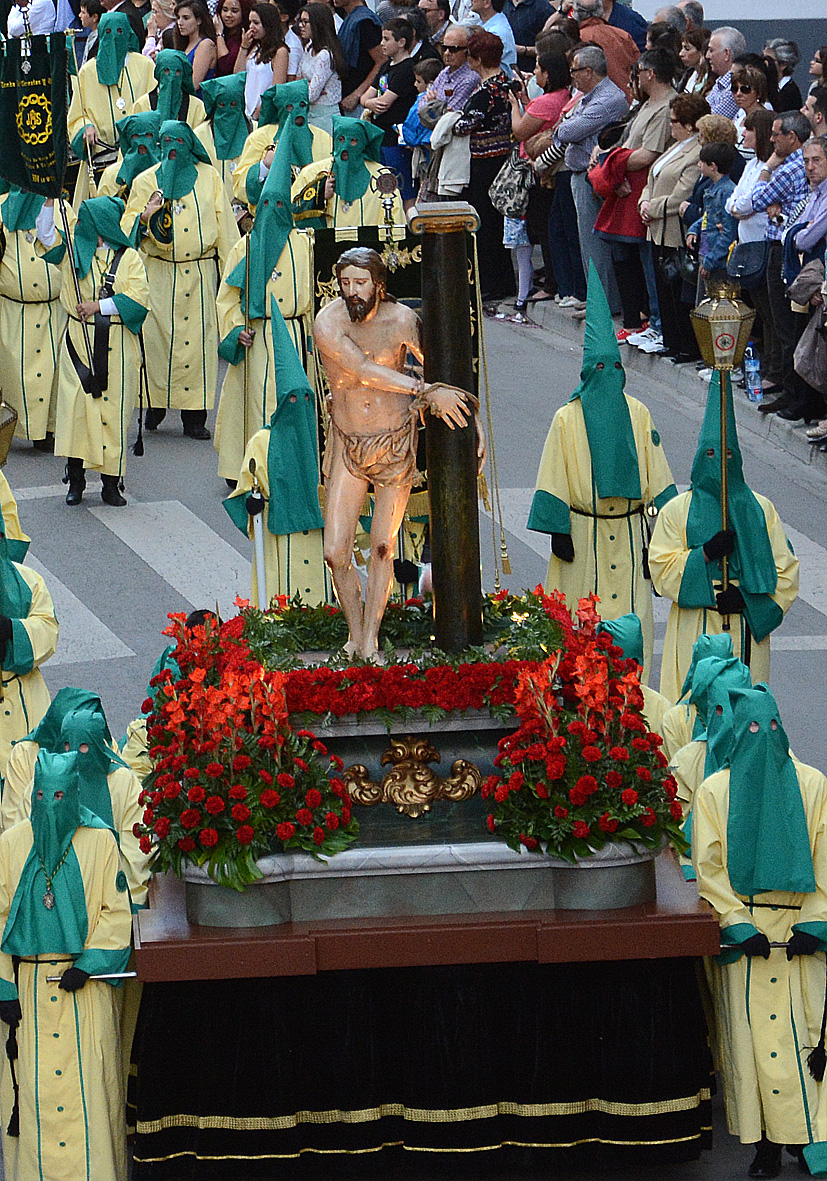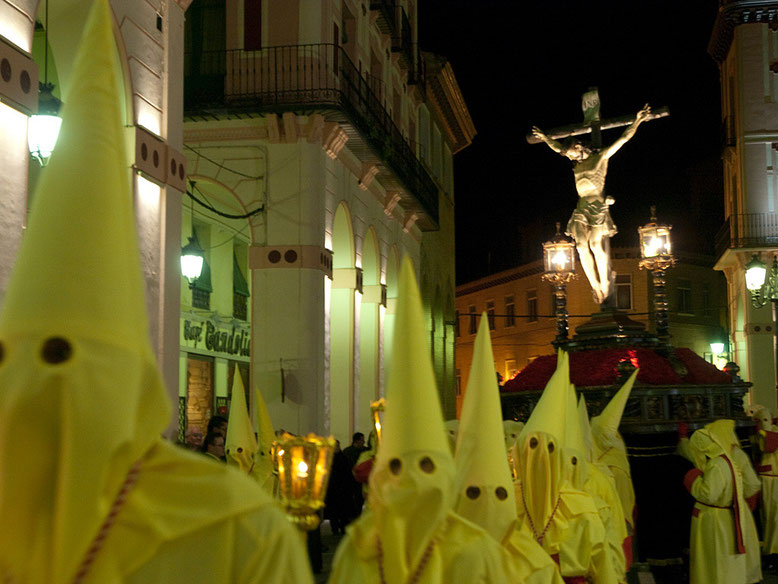Easter in Aragon is undoubtedly something different, unique and special. This festivity turns Aragon into an attractive international destination of first level and in a celebration that crosses borders.
Tourists from all over the world already know and enjoy the peculiarities of Holy Week in Aragon, attracted by the processions or the drums.
Ten municipalities bear the seal of International Tourist Interest: the nine that make up the Ruta del Tambor y Bombo del Bajo Aragón (Albalate del Arzobispo, Alcañiz, Alcorisa, Andorra, Calanda, Híjar, La Puebla de Híjar, Samper de Calanda and Urrea de Gaén) and Zaragoza. In addition, Aragon has another 19 localities with the rank of national or regional interest festivity.
Huesca is one of the destinations chosen by many Spaniards and tourists to enjoy Easter, attracted by its peculiarities, which is why three localities have achieved the distinction of tourist interest of Aragon for their way of celebrating Easter.
In the province of Huesca there are three localities that have obtained the distinction of Tourist Interest of Aragon for their way of celebrating Easter Week.

We refer to:
HOLY WEEK IN HUESCA CAPITAL
Huesca and its province have very ancient traditions that refer to ancestral rites in relation to the Holy Week, Easter and the dates that announce the spring. To chase away the winter it was necessary to make noise, a lot of noise; but in other times it was not done with drums and drumsticks, but with rattles and wooden mallets.
It was customary, for example, for the kids to hit the doors and benches of the streets at the end of the procession of the Encounter, in a ceremony that had its own name: the Procession of the Mallets.
Also very popular were the Holy Thursday Monuments, which were made to solemnize the institution of the sacrament of the Eucharist, in the Holy Supper. Of the few that are preserved, the one of Biscarrués, whose 23 canvases date from the 17th century, and the one of Adahuesca and its white “cabelleras” (pots with white stalks of cereals germinated in the dark) are famous.
Of the ancient dramatizations that took place inside the cathedral, and which are documented at least since the seventeenth century, survives the current representation of The Passion, which for more than fifty years has been celebrated in the Salesian Theater, with the participation of one hundred and sixty actors. Along with it, today the protagonists of the Holy Week are the twelve brotherhoods that exist in Huesca, and their floats.
HOLY WEEK IN BARBASTRO
The antiquity of the Brotherhoods of Holy Week with its processions goes back in Barbastro to the Middle Ages, century XIII, being founded already in century XIV some of the oldest brotherhoods.
In Barbastro its Holy Week is lived with illusion and counts with the participation of around 2,500 brotherhoods. Good Friday is not to be missed, since two central acts take place, the Via Crucis in the morning and the Holy Burial in the afternoon.
Since 2017 it has been declared of National Tourist Interest!
HOLY WEEK IN JACA
The tradition of Holy Week in Jaca dates back to the 18th century. Since then new congregations have been added up to a total of nine. It is necessary to look well in the steps, since some belong to century XIX.















